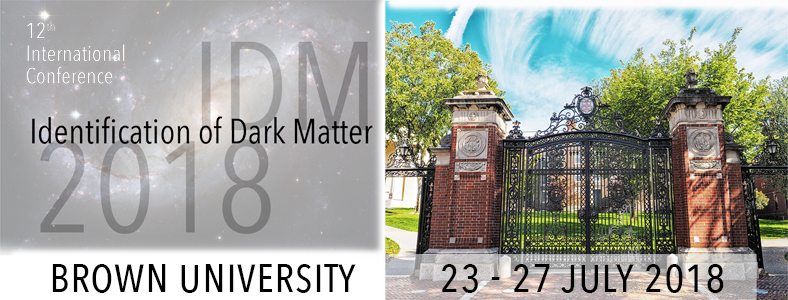Conveners
1.4 Astrophysics Dynamics
- JiJi Fan (Brown University)
In a recent pair of Nature papers, Bowman et al. claimed a detection of an anomalously low 21 cm brightness temperature at a redshift of 17, and Barkana interpreted this as evidence of cold dark matter that was scattering with baryons at that cosmic epoch. In this talk, I will discuss constraints available in the particle physics literature, and future directions for particle, astro, and...
The purpose of line-intensity mapping (IM), an emerging tool for extragalactic astronomy and cosmology, is to measure the integrated emission along the line of sight from spectral lines emitted from galaxies and the intergalactic medium. The observed frequency of the line then provides a distance determination allowing the three-dimensional distribution of the emitters to be mapped. A...
I will demonstrate how current and future measurements of the global 21-cm signal could provide new constraints on models of p-wave annihilating dark matter (DM), over a broad range of DM masses. 21cm observations are sensitive to the baryon temperature at the end of the cosmic dark ages, and are particularly well-suited to constrain p-wave models, because the energy injection rate from p-wave...
Measurements of the temperature of the baryons at the end of the cosmic dark ages can potentially set very precise constraints on energy injection from exotic sources, such as annihilation or decay of the dark matter. However, additional effects that lower the gas temperature can substantially weaken the expected constraints on exotic energy injection, whereas additional radiation backgrounds...
The dark matter (DM) content in the local solar neighborhood is an important ingredient for direct detection experiments on Earth such as LZ, Xenon, PandaX, and searches for DM in charged cosmic ray data from PAMELA, AMS-02, DAMPE, and CALET. Traditionally, the local DM density has been estimated by analyzing the vertical motion of different ‘tracer’ stars in the solar neighborhood. These...
